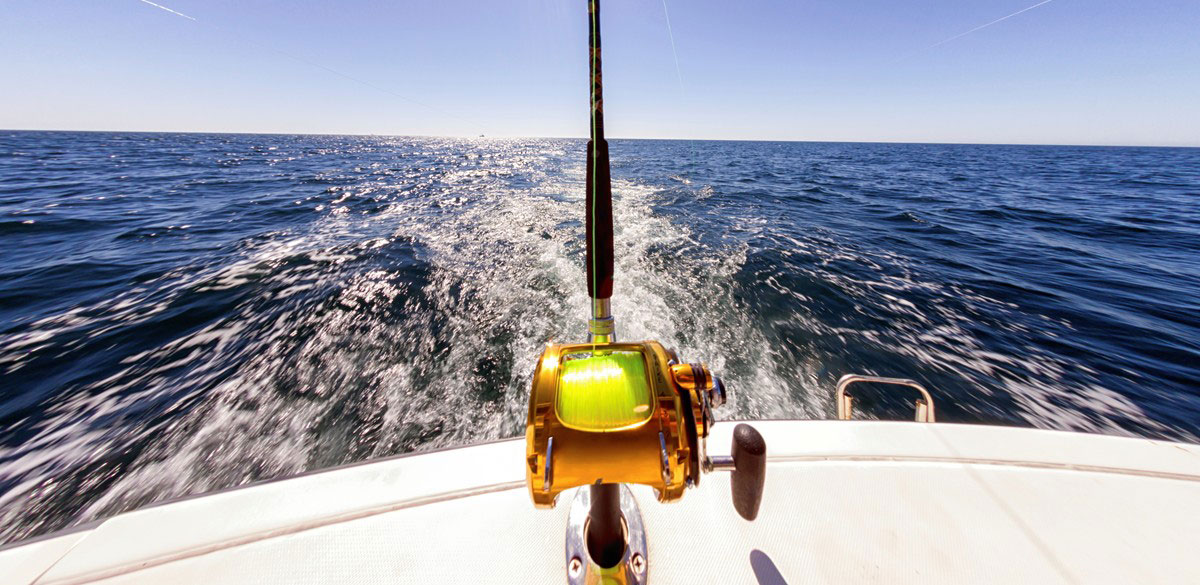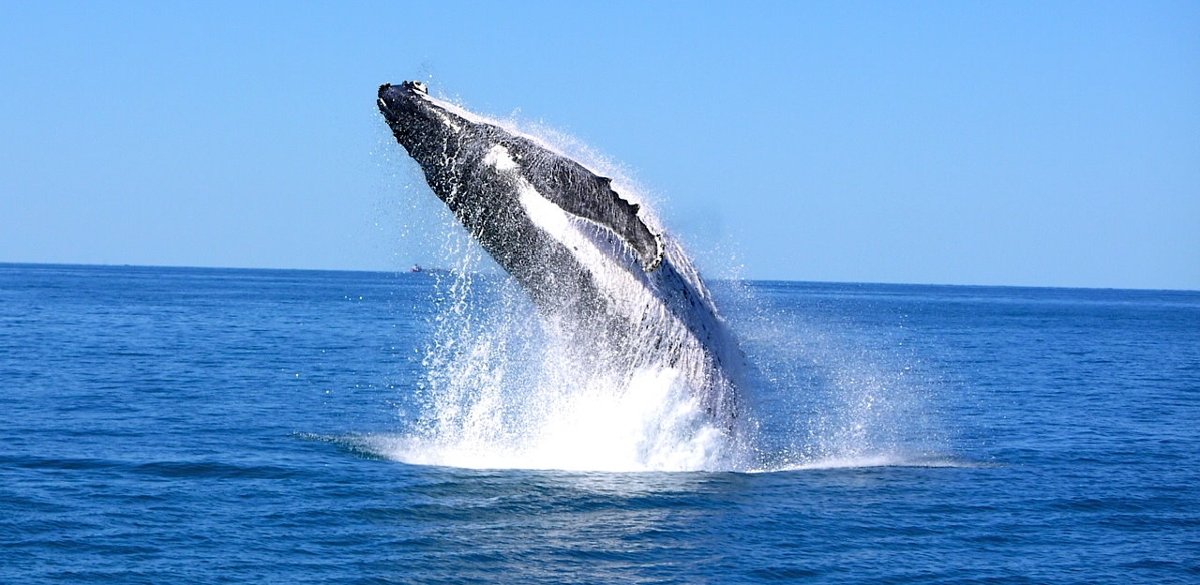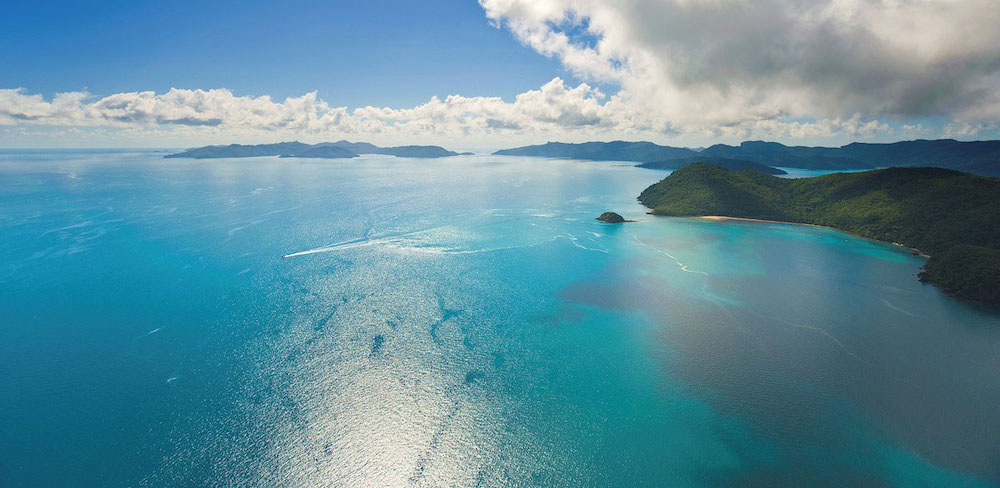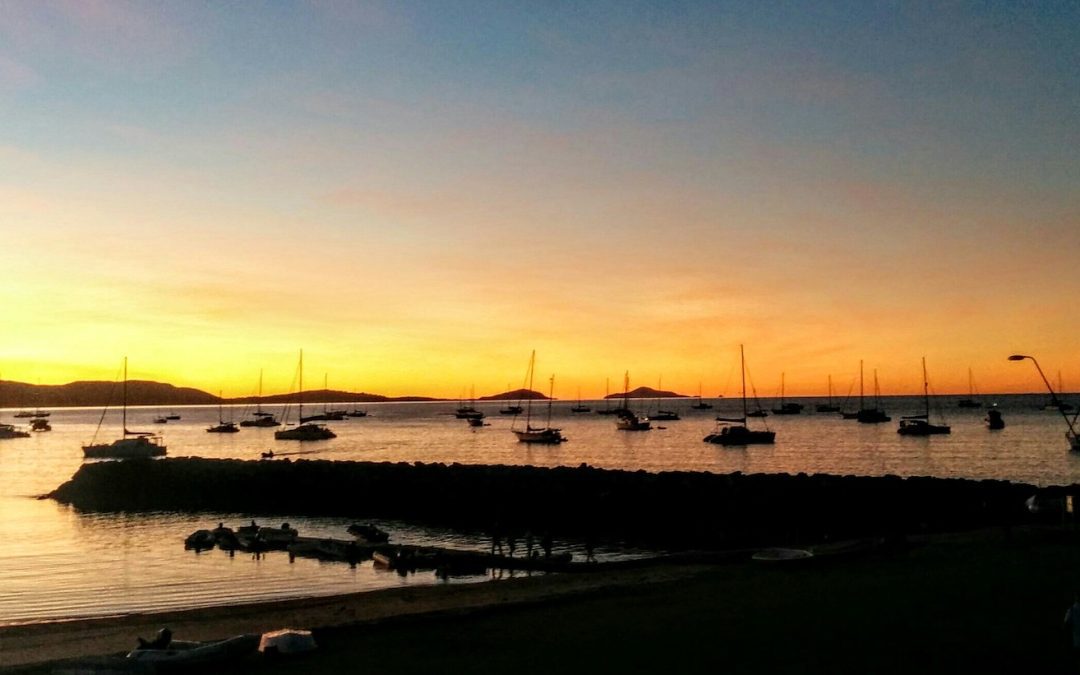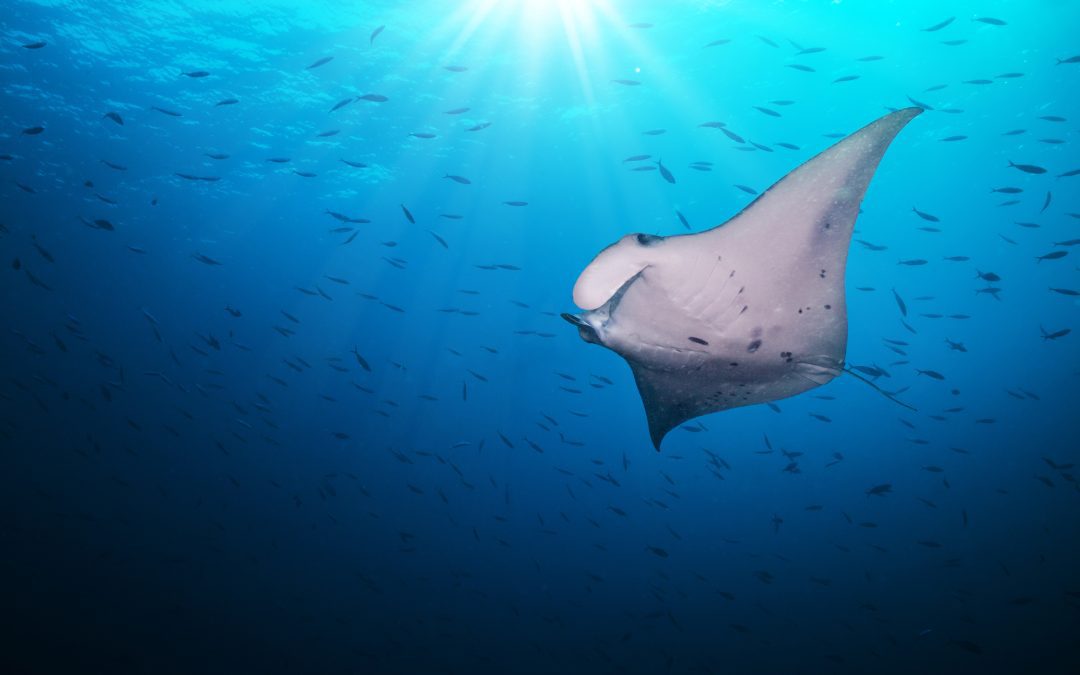The Whitsunday waters are teeming with a huge variety of fish making fishing in the Whitsundays a must-do activity while chartering a yacht or having a holiday in the area.
In this post, we will give you some tips for fishing in the Whitsundays, particularly if you’re on a bareboat charter. We’ll also share tips and a video for catching Spanish Mackeral, one of the most sought after catches in the Whitsundays.

TIPS FOR FISHING IN THE WHITSUNDAYS
- No recreational fishing licence is required for fishing in the Whitsundays
- Avoid anchoring on coral – find sand
- For best results, drop your line in an hour before or after high tide (neap tides are best). Fishing in the early morning or evening is ideal. Use a 25kg line to avoid snaps and snags from the coral.
- Popular bait for fishing in the Whitsundays includes prawns, squid, pilchards, herring and garfish. Never feed processed food, cooked seafood or bread to fish.
- Take only what you need and abide by size limits
- Do not use pest or non-native fish for bait.
- If you’re unsure of the fish identity or size, release the fish immediately and return all undersized and unwanted fish to the water quickly to minimize injury.
- Use a depth sounder to find a bottom with lots of structure, including rocks and corals, around the islands such as South or North Molle.
- When reef fishing, exercise extra caution when mooring your vessel, as you want to be careful not to damage these beautiful and fragile reefs.
- Spearfishing is only permitted in very limited areas of the Whitsundays.
- Paddle tail, Chinaman fish and Red Bass are a few of the poisonous (but strikingly beautiful) fish you may encounter. Generally, the larger the fish the less safe it is to consume, so aim for a catch less than 4kg. For more assistance in identifying fish, visit the Department of Agriculture and Fisheries website.
- Always watch the birds and keep your eyes peels for flocks of birds swooping
- For a sure thing, go after some Coral trout. They are plentiful around the fringing reefs of Whitsunday Island and they bite for most of the year.
Do I need a Fishing License to fish in the Whitsundays?
If you are a recreational fisherman/woman, you don’t need a fishing license in Queensland. However, if you intend to fish in restricted areas, a stocked impoundment permit is needed. See Queensland’s recreational fishing rules and regulations for more information.
Where to fish in the Whitsundays
The rocky edges, coral reef and deep waters for trolling are the main areas to fish in the Whitsunday Islands. Estuaries are also popular fishing destinations with the main one being in Proserpine on the mainland.
We’ve listed recommended fishing spots around the Islands in this post: Where to fish in the Whitsundays
Keep in mind that many of the Whitsunday Islands are part of the Great Barrier Reef Marine Park, some areas are zoned to exclude fishing. You can check the Park’s zoning map for details on where you can fish.
The Shute Harbour Jetty, one of the best fishing spots in the Whitsundays
Accessible to day fishermen and of course anyone on a boat, Shute Harbour offers amazing fishing opportunities. The Shute Harbour Marine Terminal Fishing Pontoon is a great opportunity to catch fish without needing a boat.
If you’re able to launch a small boat or get out into the Harbour, you’ll find plenty of fish, with great opportunities to catch larger species such as Spanish Mackerel and GT’s.
Bareboat charter guests staying at the Whitsunday Rent a Yacht jetty should fish before they head out to the islands. Many guests who opt for a sleep aboard enjoy an exciting evening fishing off the back of their yacht or right off the private jetty as the sun goes down.
Trolling in the passage from Shute to the Islands is another fishing activity that often results in landing a huge Spanish Mackerel. The Mackerel are especially present around the Whitsundays from May to October. Spaniards are best caught while trolling with live bait or using larger lures.
Game Fishing in the Whitsundays
The Whitsundays is famous for game fishing. During the spring and summer months, game fishermen and women come from around the world in hopes of catching a Sailfish, Black or Blue Marlin or Bluefin Tuna.
If you’re chasing a Marlin or Billfish, we recommend going on a specific game fishing charter as opposed to a bareboat charter. These huge fish like really deep water and are usually caught outside of the bareboat charter limits. Game-fishing charter boats operate from the mainland and from several of the islands.
Game fishing seasons
While you can catch Mackerel any time of year, the best time to go for them is winter. The Spanish Mackeral season begins in late May and runs until late Sept to early Oct.
In summer go after Black Marlin, Swordfish and Sailfish.
Everyone’s favourite, tuna, are caught from October through April, although they are known to be caught year-round.
The best spots for game fishing around the Whitsunday Islands
‘The Paddock’, which is the open water just north-east of Hayman and Hook islands is a top game fishing location in the Whitsundays.
The best places for Mackeral are around past Pinnacle Point at the top of Hook Island to Dolphin Point, Hayman Island.
Tuna can be caught right amongst the islands. Look for birds diving on the water, a sure sign that there is tuna.
According to 100 Magic Miles: “One tactic employed for hooking tuna is to run just upwind of the feeding school and cast across and through the school with a spinning outfit, such as a small chrome spinner with treble hooks hanging off the back. This tactic avoids ‘spooking’ the fish, which sometimes happens when trolling around tuna. Run upwind, which will facilitate casting, and shut down the motor: in this way its possible to get within 6-10 metres”.
Catching Spanish Mackerel and Tuna on a bareboat charter
Check out this happy snap of Justin from Trip in A Van who snagged a Mackerel just out of Shute recently.
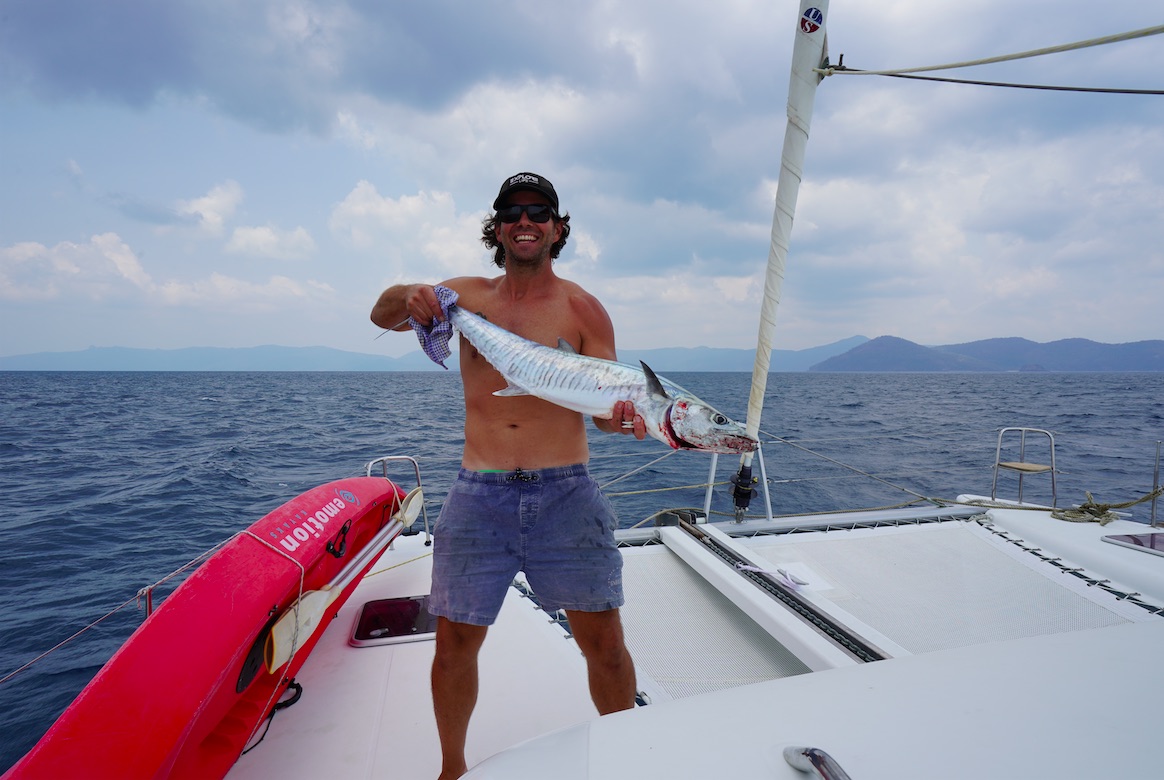
Justin talks more about the rig he used to catch Mackerel, among other catches in this video.
Specifically, you can see fishing tips and footage at:
4:04 – Catching fish during a sleep aboard at Shute Harbour
10:45 – Bringing in a Mackeral after leaving Shute
17:25 – Cooking and filleting Mackeral
29:26 – Gear for Mackeral trolling
31:57 – Catching tuna and whacking it on the BBQ!
Tips for Catching Spanish Mackeral
The average size of a Spanish Mackeral is around 12 – 15g, but some can get up to 60kg! That’s a lot of fish for dinner.
- When you’re planning to catch a Mackeral, make sure you have a place to pull them in away from boat rigging or belongings. They can be really aggressive, best have something to knock them out on hand.
- Look for surface bait activity for signs of Mackeral
- They like a depth of about 30 meters. Use your depth finder around drop-offs if you can’t see any surface bait activity.
- Use heavy-duty treble hooks.
- Tolling is the most popular way to catch Mackeral. Troll at a speed of around 4 – 8 knots (start slow and if you’re not having luck, increase)
- The technique of trolling a garfish with pink octopus lure is a tried and true method.
If you’re unable to go on a bareboat charter to get your Mackeral, we recommend doing a fishing charter with Willfish.
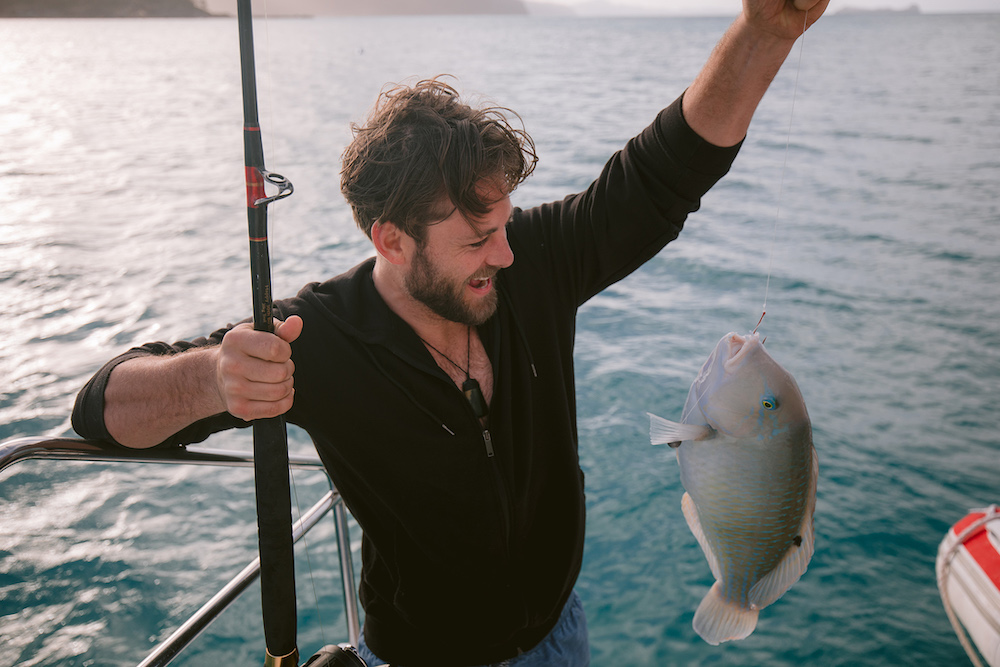
Fishing Rigs for the Whitsundays
The below tips have been taken from the must-have book for sailing the Whitsundays, “100 Magic Miles“. You will get a copy of this book on board your vessel. However, if you are keen to read up on the Whitsundays before you arrive, you can purchase your copy here.
For fishing over sand and mud:
Line, runner ball sinker (thread but not attached), swivel, wire trace and hook. Good over sand and mud, where some movement helps to attract fish such as flathead. Bean-shaped sinkers are sometimes preferred when the line must be kept in place.
For fishing in reef areas:
Recommended by pros for working reef areas. A line threaded through a ball sinker and attached to the hook runs freely and maximises sensitivity to bites, minimises snagging, and does not deter timid fish that might baulk at the sinker’s dead weight.
For deepwater drifting:
The snapper rig is useful for deep channels where currents may be swift. Pass a loop through the eye of the hook and back over the shank (or use a three-way swivel). Attach a heavy sinker (perhaps as much as 225 grams)
For trolling:
The “floater” is simply a gang of hooks at the end of a long wire trace, which is attached to the line with a swivel. The hooks are embedded in a garfish (or other bait) and made to look as natural as possible. A single live fish may also be used, hooked through the back above the spine. Size, number of hooks and bai depend upon the quarry sought. Use a shock cord or rubber rube as a shock absorber where the line is fixed to the boat.
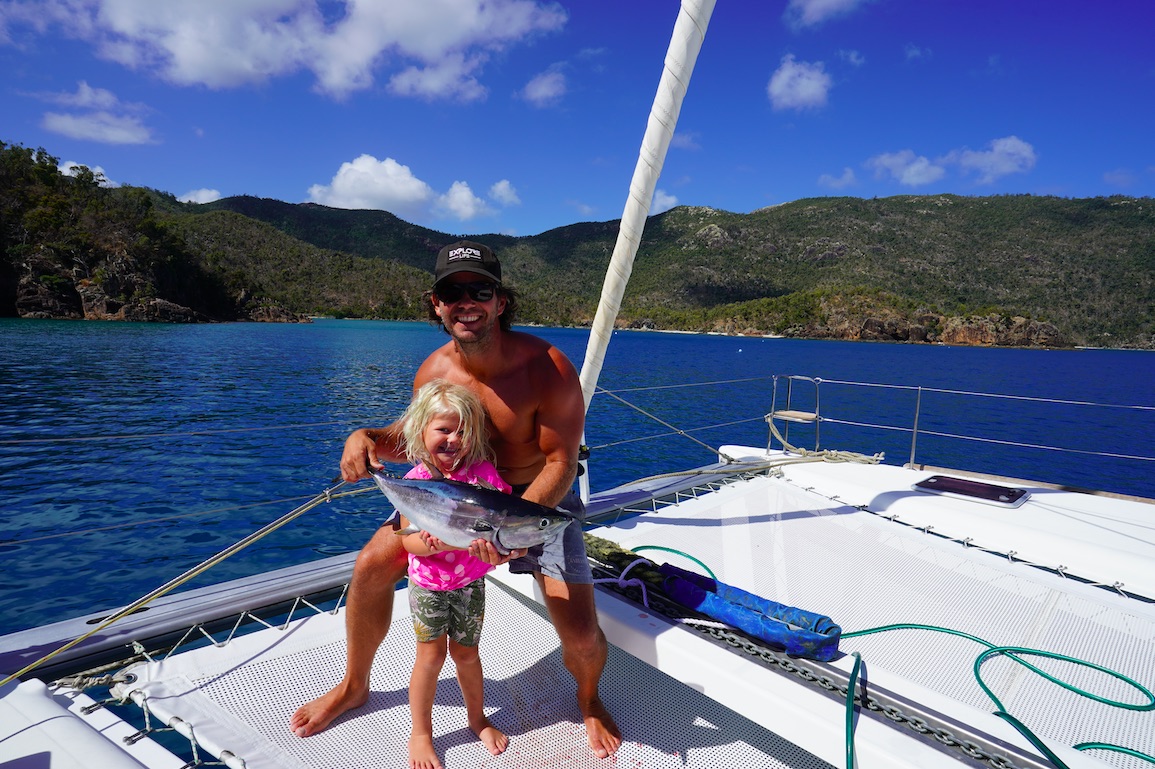
How to fish in the Whitsundays
We found this bucket of wisdom from an article in Fishing World called “Spot with the lot: Whitsundays”:
“When it comes to actually catching the fish, make long, wind-assisted casts and land your lure right on the edge of the structure you’re fishing, whether it be a large rocky headland, some broken reef or a patch of shallow bommies. Work the lure back with a mixture of sharp pulses, long draws as well as a few pauses. Keep repeating this and working new water until finally – crunch! – you find success!
Trolling lures is another fun technique and a great way to catch a range of pelagics around the islands. Queenfish, Golden Trevally, GTs, Mackerel and various Tuna species are all available. Fish attracting structure such as coral drop-offs, reefy headlands and isolated rocks are prime trolling areas”.
Handy Resources for Fishing in the Whitsundays
Guide to identifying fish from Endless Oceans
Up to date info on what’s biting Airlie Beach Fishing Report
Whitsundays fishing report with The Whitsunday Times
For a Whitsundays fishing map, you can download a zoning map from the Great Barrier Reef Marine Park Authority. We also provide the latest up to date zoning map on your charter vessel.
For more details on the three types of Whitsundays fishing: reef, estuary and game – this is a very comprehensive article from 100magicmiles
Hire Fishing Gear for your Charter
You can arrange to hire fishing gear from Airlie Bait & Tackle (07) 4946 6632. These guys offer great service and they can deliver your order to our base at Shute Harbour so it’s ready when you check-in.

